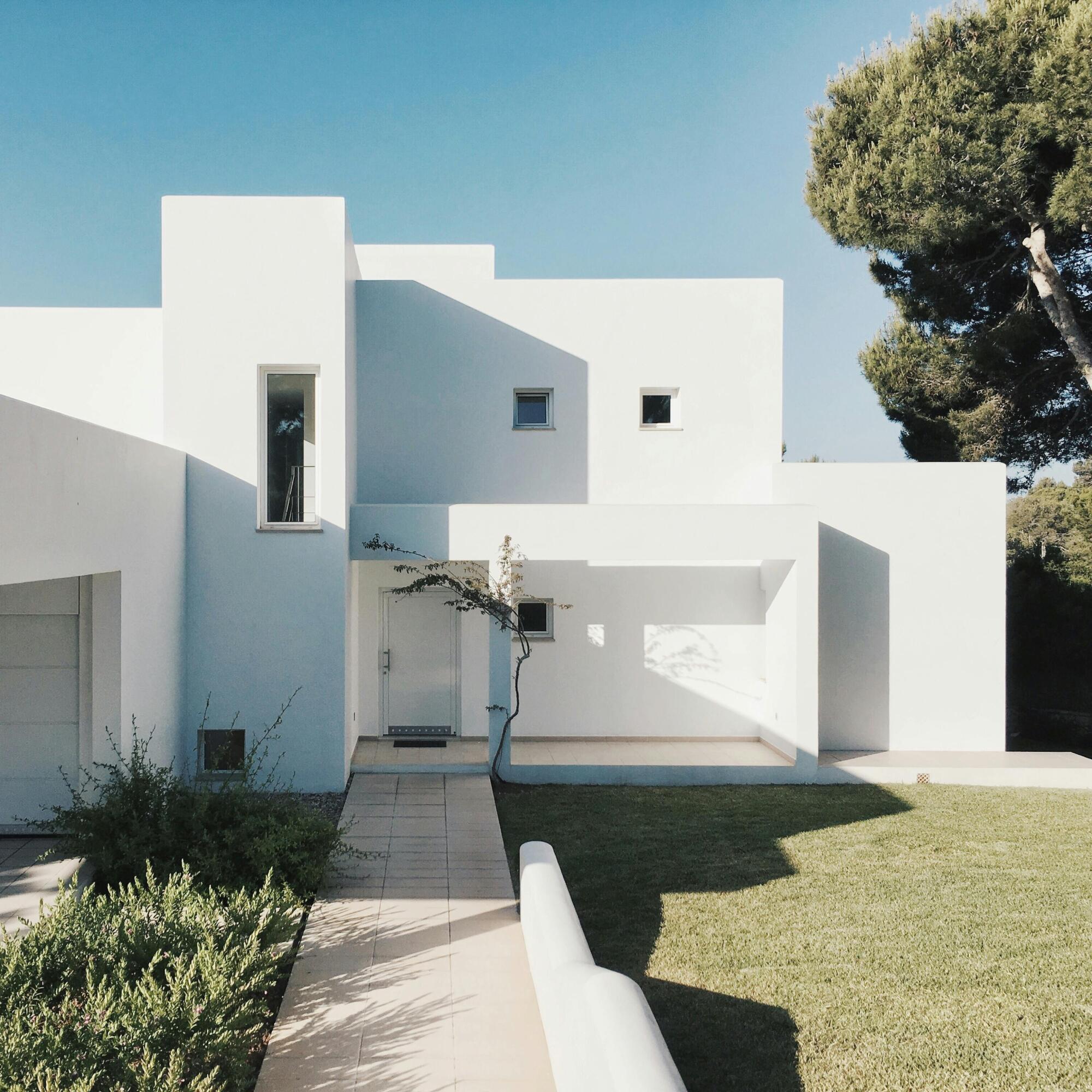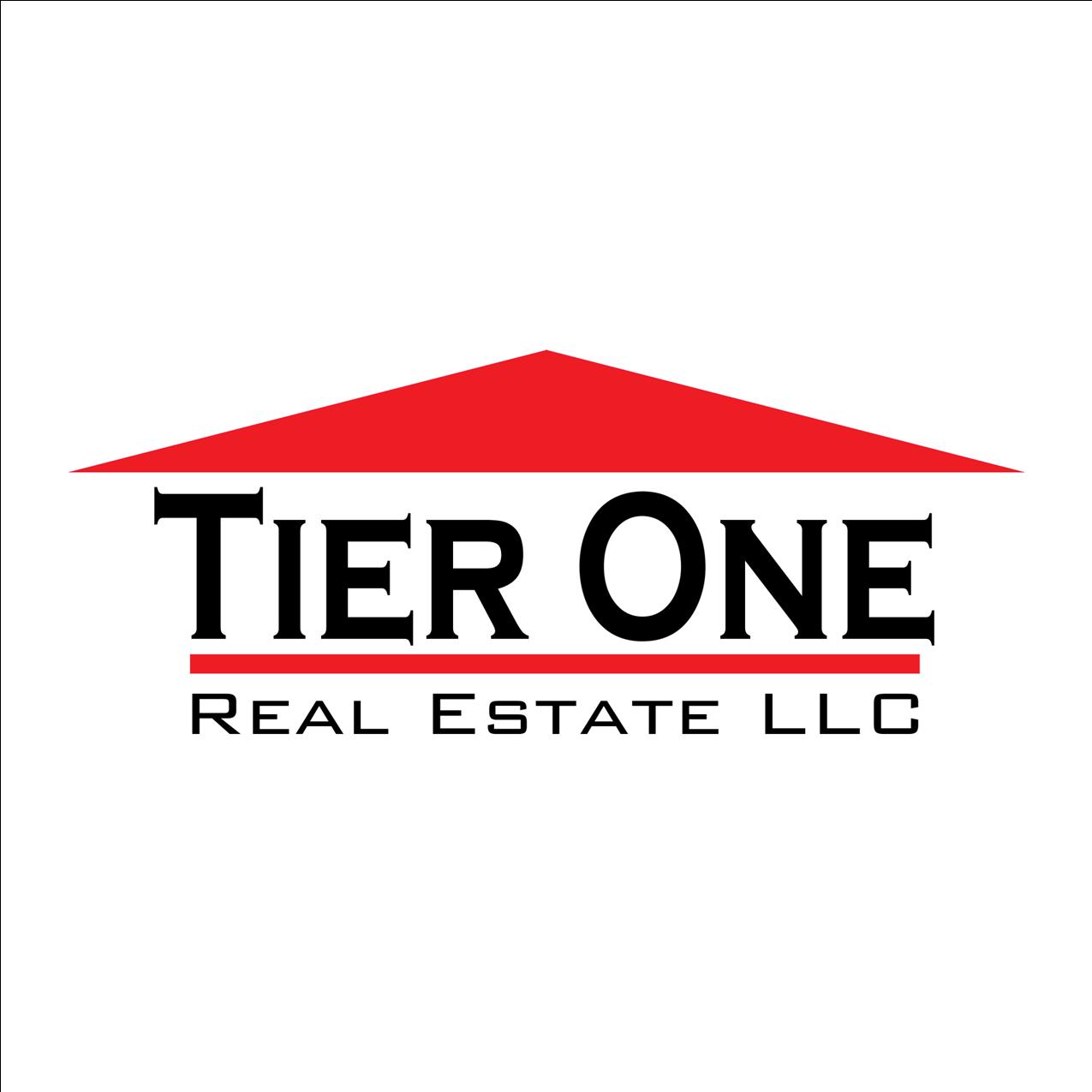Salt Lake City, Utah, has long been a focal point for real estate investors seeking promising returns in a dynamic market.
As the city continues to experience robust growth and development, understanding the nuances of occupation duration within real estate investments becomes increasingly vital.
Occupation duration, or the length of time tenants occupy a property, plays a critical role in determining the overall profitability and stability of real estate ventures.
Let's go through what you need to know about occupancy duration for real estate investments.
What is Occupancy Duration?
Occupancy duration refers to the length of time a tenant remains in a rental property. It's important for Utah real estate investors as it directly impacts cash flow, turnover costs, and overall return on investment.
Longer occupancy durations generally result in lower turnover costs and more stable rental income. That makes property management more efficient and profitable.
Factors Influencing Occupancy Duration
Several factors influence occupancy duration in Salt Lake City, UT. Economic stability significantly impacts occupancy duration. A robust local economy with low unemployment rates and diverse job opportunities encourages tenants to stay longer.
Salt Lake City has experienced steady economic growth that's driven by a diverse economy. This includes growth in the technology, healthcare, and finance sectors.
Properties located in top Salt Lake City neighborhoods with access to essential amenities tend to attract and retain tenants for longer periods. Key factors include proximity to good schools, public transportation, shopping centers, and recreational facilities.
Neighborhoods with good infrastructure, safety, and community services are particularly appealing. They're great for tenants looking for convenience and quality of life.
Flexible lease terms can influence occupancy duration. Offering options such as month-to-month leases, short-term leases, and long-term leases can cater to different tenant needs.
Providing the option to renew leases with incentives, such as rent discounts or property upgrades, can encourage tenants to stay longer.
Strategies for Enhancing Occupation Duration
There are some options to help you boost your occupancy rate. Setting rental prices that reflect current market conditions and the property's value is essential for attracting and retaining tenants.
Overpricing is a big mistake real estate investors make. It can lead to higher turnover rates, while underpricing can affect profitability.
Incentives for lease renewals can encourage tenants to stay longer. These incentives can take various forms, such as rent discounts, property upgrades, or flexible lease terms.
Building positive relationships with tenants through open communication, prompt responses to issues, and a friendly approach can significantly impact occupation duration. Making tenants feel valued can lead to longer stays.
Tailoring marketing strategies to attract tenants whose lifestyles align with the property's features can result in longer occupation durations. Understanding tenant demographics and preferences helps in creating targeted marketing campaigns.
Occupancy Duration in Salt Lake City: Now You Know
There's a lot to learn about Salt Lake City occupancy duration. With this guide, you should be able to improve your occupancy rate with ease.
Are you ready to hire property management in Salt Lake City? TierOne Real Estate LLC is an active member of top real estate groups like NARPM, so you know we're backed by the best.
Contact us today.



